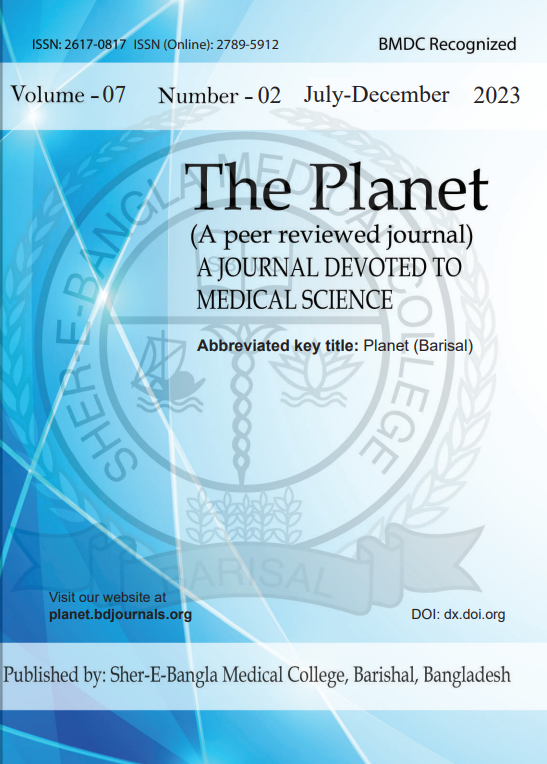Abstract
Introduction: The increasing frequency of skin diseases worldwide has been attributed to global warming and climate changes, making it crucial to understand disease patterns for effective healthcare planning. Despite the high prevalence of skin diseases in developing countries, they are often overlooked in public health strategies. Objective: To assess the pattern of skin diseases in adult patients attending the outpatient department of Dermatology and Venereology at the National Institute of Diseases of the Chest and Hospital, Bangladesh. Methods & Materials: A cross-sectional study was conducted from July 2022 to June 2023, involving 120 adult patients aged 41-70 years. Patients with skin conditions present for at least one month were included, while those with diseases lasting more than one year or with severe complications were excluded. Socio-demographic profiles and disease patterns were recorded using a predesigned questionnaire. Results: The study population comprised 48% female and 52% male patients, with a mean age of 60±10 years. Among infective diseases, scabies (14.17%) and tinea infection (12.50%) were most prevalent. In non-infective conditions, eczema (15.00%), miscellaneous and mixed diseases (14.17%), and acne vulgaris (10.00%) were most common. Overall, 55% of patients presented with non-infective skin diseases, 37% with infective diseases, and 8% with both conditions. Conclusion: The study revealed a higher prevalence of non-infective skin diseases compared to infective conditions in Bangladesh, with eczema and scabies being the most common disorders in their respective categories. These findings underscore the importance of developing targeted healthcare interventions and improving access to dermatological services in developing countries.

This work is licensed under a Creative Commons Attribution 4.0 International License.
Copyright (c) 2024 The Planet


 PDF
PDF